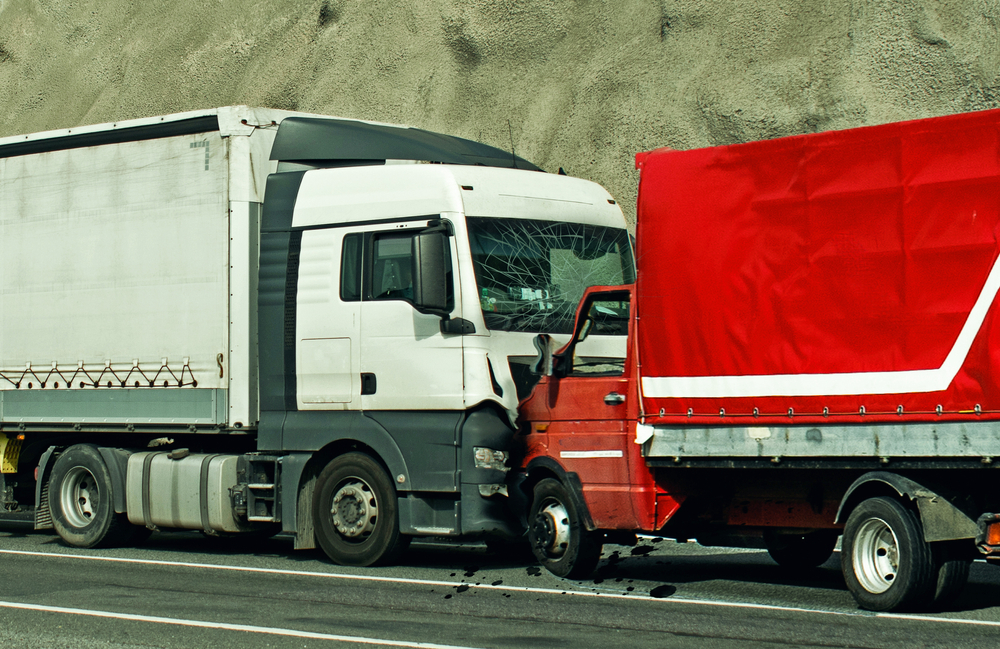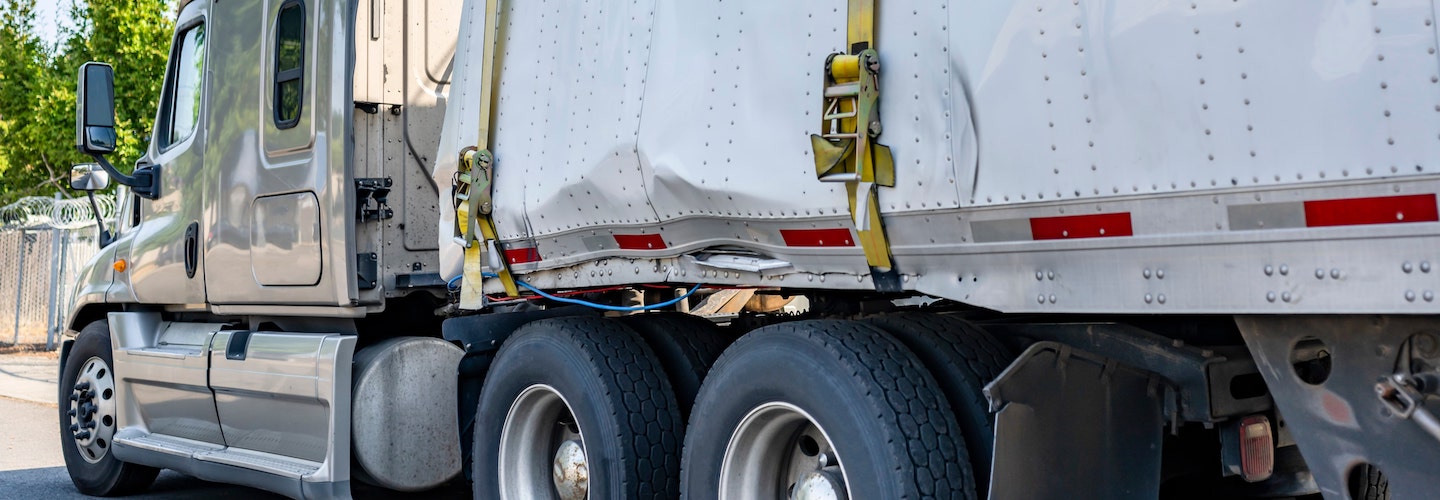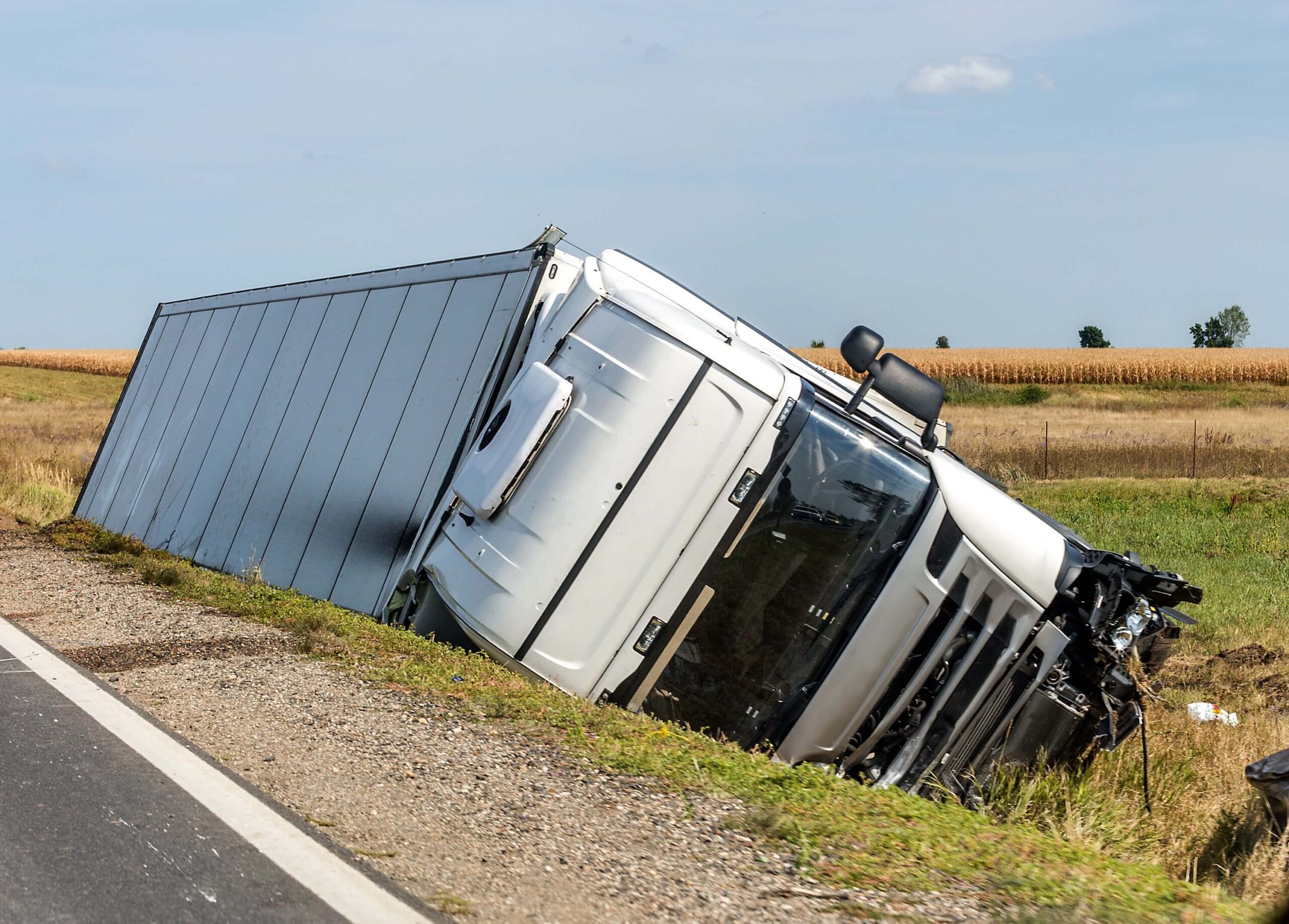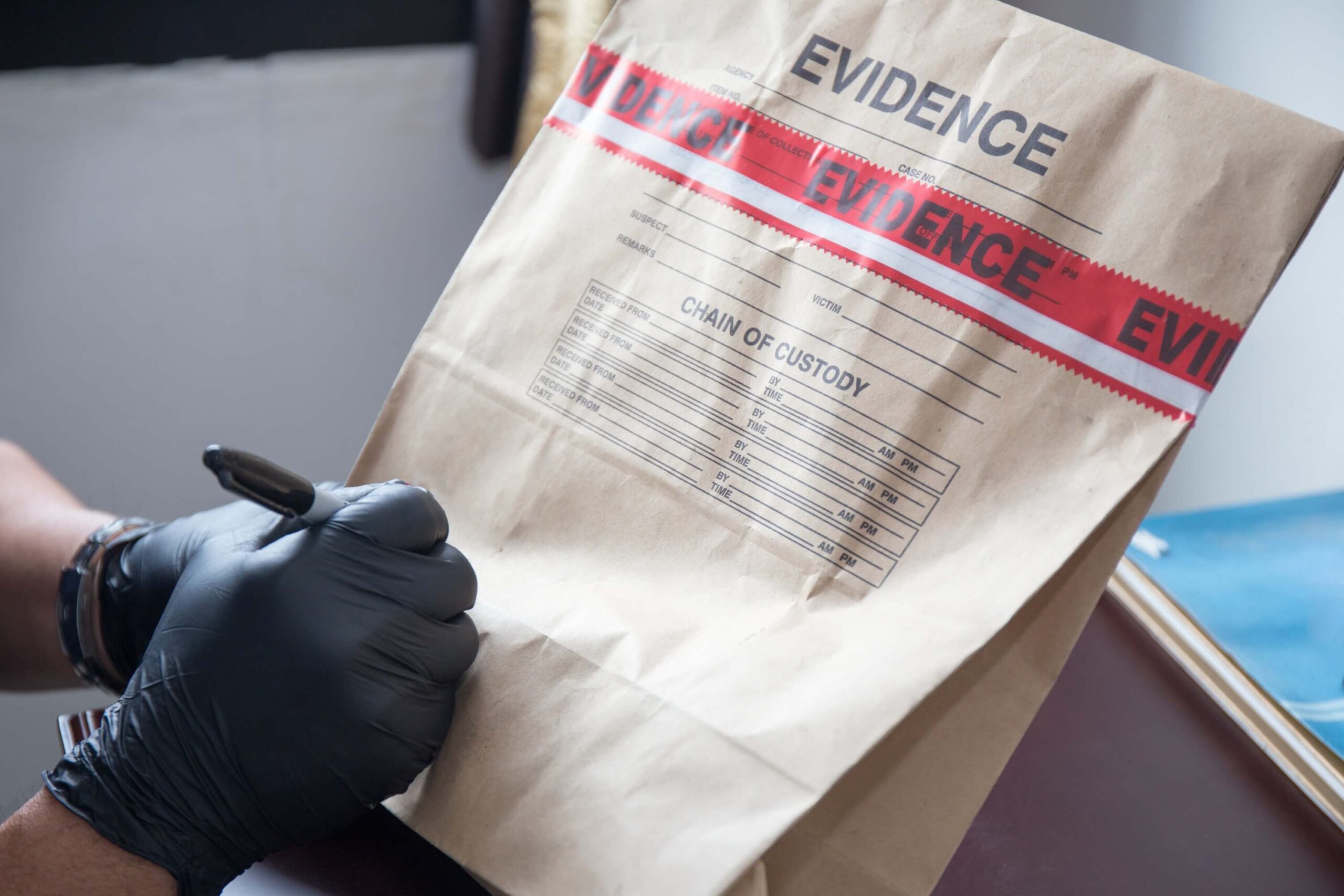Eighteen-wheelers, also known as 18-wheelers, have massive blind spots that can easily hide your car. Knowing where these danger zones are is vital to staying safe on the road. In this article, we will explore the four main blind spots on an 18-wheeler to help you stay safe on the road and how to secure the best truck accident lawyer.
Introduction to Blind Spots
Sharing the road with 18-wheelers requires heightened awareness. These massive trucks have hidden zones called blind spots, where the driver simply cannot see your vehicle. This creates a significant danger. If a truck driver doesn’t know you’re there, they might make a lane change or turn directly into you, causing a devastating collision.
Blind spots are areas around any vehicle that the driver cannot see directly or with the truck’s mirrors. However, the size and design of 18-wheelers make their blind spots particularly troublesome. The high cab and wide trailer create significant gaps that the driver’s mirrors can’t cover. These hidden zones are large enough to completely conceal your car, placing you at high risk of a blind spot accident if you linger in them.
The Four Main Blind Spots
Eighteen-wheelers have four significant blind spots you need to remember:
- The Front Blind Spot
The tall cab creates a large zone directly in front of the truck, hidden from the driver’s view. Your car can quickly vanish here, especially when the truck is stopped at a light or making a turn.
- The Rear Blind Spot
The trailer’s length conceals a massive area stretching far behind the truck. Tailgating an 18-wheeler is incredibly dangerous – the driver has no way of knowing you’re there if you’re too close.
- The Left Side Blind Spot (Driver’s Side)
This zone exists just behind the driver’s side mirror and continues along the side of the trailer. Don’t cut off a truck or linger next to it in this area, as you’ll be invisible to the driver.
- The Right Side Blind Spot (Passenger Side)
The right-side blind spot is the largest and most hazardous. Extending several lanes to the right of the truck, this area makes it easy for vehicles to become invisible to the driver. The extensive blind spot on this side of the car poses a high risk for accidents, especially during right-hand turns or lane changes, where the driver may not be aware of other vehicles in the vicinity.
Reasons for Accidents
Each blind spot on an 18-wheeler contributes to accidents in different ways. The front blind spot, extending about 20 feet, often leads to rear-end collisions. Smaller vehicles cutting in too closely become invisible to the truck driver, making sudden stops dangerous.
The rear blind spot, stretching up to 30 feet, poses a significant risk for vehicles following too closely. The truck driver cannot see cars in this area, leading to blind spot accidents during sudden stops or lane changes.
The left side blind spot, covering a large area beside the cab and trailer, results in sideswipe accidents and collisions during lane changes or turns. Vehicles in this zone remain unseen by the driver, increasing the risk of being struck.
The right side blind spot, the largest and most hazardous, extends several lanes to the right of the truck. Vehicles in this area are at high risk, particularly during right-hand turns or lane changes. The driver’s limited visibility in this blind spot often results in severe collisions.
Awareness of these blind spots is crucial. Knowing where these danger zones are helps you avoid them, reducing the risk of accidents and ensuring safer roads for everyone.

Safety Tips
To reduce the risk of accidents involving 18-wheelers, it’s crucial to avoid their blind spots. This is particularly important for personal and passenger vehicle drivers. Here are practical tips to help you stay safe on the road:
Position yourself correctly
When driving near an 18-wheeler, maintain a safe distance. If you can’t see the truck driver in their side mirrors, they likely can’t see you either. Stay out of a truck’s blind spots, especially the front, rear, left side, and the expansive right side.
Pass quickly and safely
When passing an 18-wheeler, do so on the left side where the driver has better visibility. Signal your intentions early, accelerate smoothly, and complete your pass promptly without lingering in the blind spots.
Avoid tailgating
Never follow too closely behind a large truck, particularly in its rear blind spot. Maintain a safe following distance to ensure the truck driver can see you and has ample room to maneuver safely.
Use extra caution during turns
Be aware that trucks and semi trucks need extra space to turn, especially right turns. Avoid positioning yourself alongside a turning truck, particularly on the right, where you may be in its blind spot.
Communicate clearly
Use your signals and headlights to communicate your intentions to truck and semi-truck drivers. Clear communication helps them anticipate your actions and reduces the likelihood of misunderstandings or accidents.
Remember, sharing the road requires mutual awareness. Stay alert and prioritize safety when driving around these massive vehicles.
Getting Legal Support from Gerber Law
Gerber Law is here to support you if you’ve been involved in a truck accident due to blind spots. Specializing in personal injury law, including truck accidents, we understand the critical importance of navigating the complexities of truck blind spots.
Our firm offers comprehensive legal support, advocating for your rights and seeking fair compensation for your injuries and damages. We prioritize client advocacy and clear communication throughout the legal process, ensuring you are informed and involved every step of the way.
Contact Gerber Law today for dedicated legal representation in your truck accident case. Let our semi-wreck truck accident lawyer in Florida help you navigate the legal complexities and work towards achieving the best possible outcome for your situation.
Call us now for a free consultation and take the first step towards securing the compensation you deserve. Your recovery is our priority.














